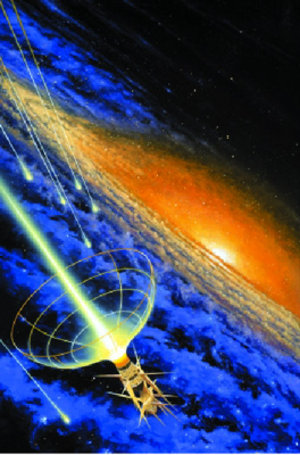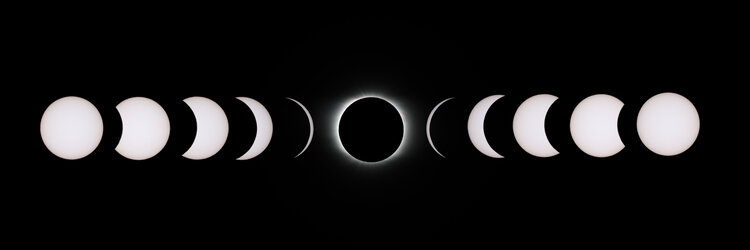SMART-1 mission update
ESA's SMART-1 spacecraft has just made its 250th orbit, in good health and with all functions performing nominally.
Starting on 24 February 2004, operation of the electric propulsion system ('ion engine') was resumed. The engine is being turned on at the lowest point of every orbit for about 1.5 hours.
The spacecraft then entered a 'season' of long eclipses, due to the alignment of the Sun and Earth.
This was not necessarily a problem except that, due to a combination of factors (the position of the shadow of Earth, the inclination of spacecraft orbit and its orbital velocity), the spacecraft travelled at its slowest through a relatively large full shadow (umbra) region.

When the spacecraft is in the umbra it cannot receive light on its solar panels to produce power.
The eclipse season is now over, with the last eclipse on 21 March. The longest period of darkness was on 13 March, lasting for 2 hours and 15 minutes. This tested the power system and, in particular the batteries, to the limit but the spacecraft performed excellently.
ESA's flight control team and the power specialists watched the spacecraft behaviour carefully during this period, but the power and the thermal control systems were able to cope with 'long night' without problem. Now SMART-1 can restart its journey to the Moon.









